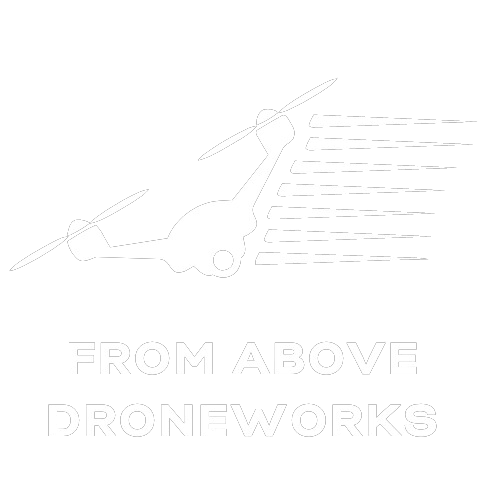The Future of Drone Aviation: Exploring the Remote ID Module
Meet the Remote ID Module
The advent of the remote id module represents a significant advancement in drone technology. It's not just an added feature; it's a cornerstone for building a safer and more secure airspace. The remote id module allows drones to transmit identification and location data during flight, which can be accessed by air traffic controllers, other aircraft, and authorized parties. Think of it as a digital license plate for drones. This is major for taking down risks tied up with say, naughty or risky drone operations. Like, it avoids accidents by turning drones' visibility up to eleven for manned aircraft and their drone buddies. Plus, it helps with accountability since authorities can find the sneaky operator of a drone that's trespassing restricted zones or being a troublemaker. Long story short, Remote ID for drones is a big leap towards a safe and cool relationship between drones and our national airspace.
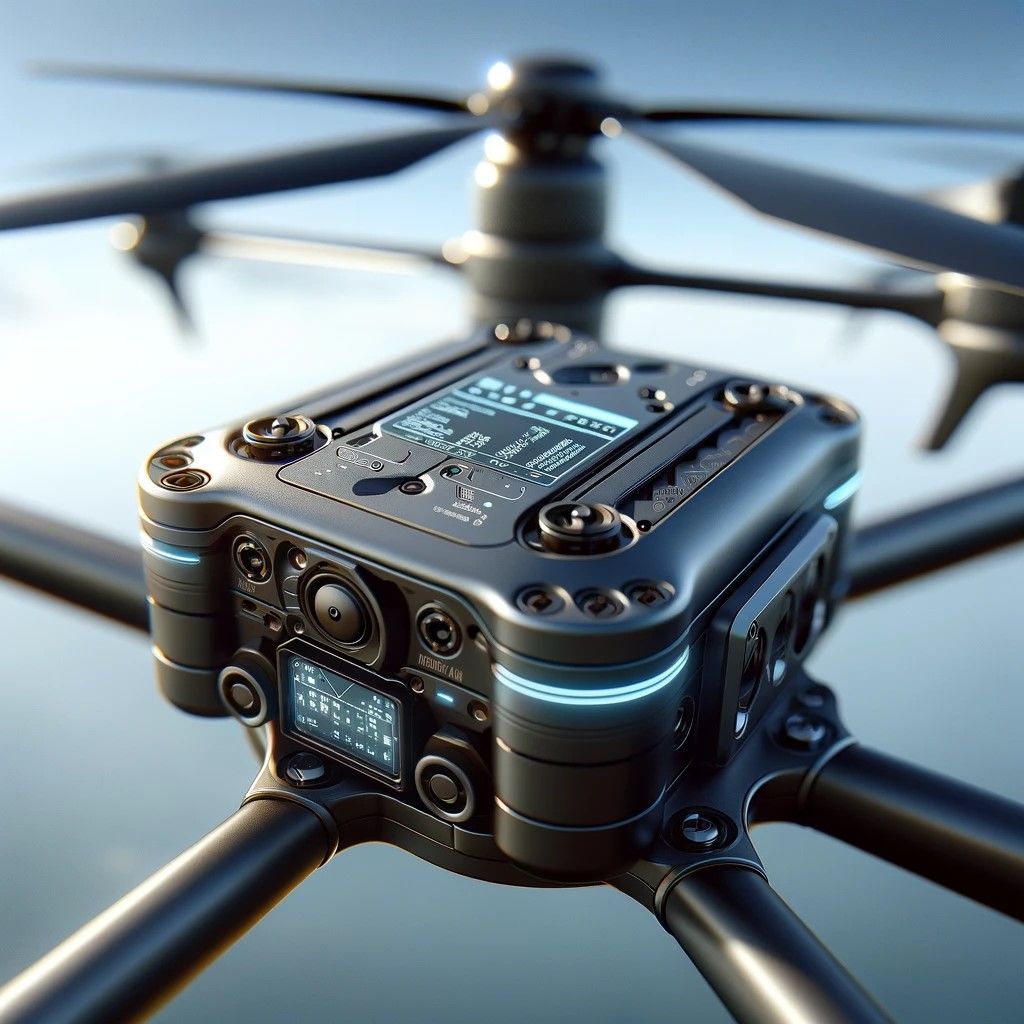
Functionality of the Remote ID Module
The remote id module functions by broadcasting information in real-time about the drone during flight. This includes the drone's identity, location, altitude, and takeoff point. The technology ensures that the information is available to nearby entities, such as other drone operators, air traffic control, and even the public, depending on regulatory requirements.
This module integrates seamlessly into the drone's systems, often requiring no significant modifications for the operator. It's designed to be lightweight and not to interfere with the drone's performance. For the system to be effective, it relies on a network that can receive and process these signals, ensuring that the data is available when and where it's needed. The remote id module is the linchpin in future drone traffic management systems, paving the way for advanced applications like autonomous drone delivery and urban air mobility.

Boosting Safety and Security
Remote ID modules are like the unsung heroes, pumping up safety and security in drone operations. By giving real-time updates on a drone's location, these modules cut down air traffic mix-ups and keep accidents at bay. Especially when drones start to become a common sight in both business and leisure.
For security, remote ID is a powerful tool against nefarious use of drones. In sensitive areas, such as near airports or government buildings, remote ID provides a way to quickly identify a drone's owner and take appropriate action if needed. It also discourages illegal activities, as operators know their drones are identifiable. In summary, remote ID modules serve as a significant deterrent to unsafe and unauthorized drone use, thereby contributing to the overall security of the airspace system.
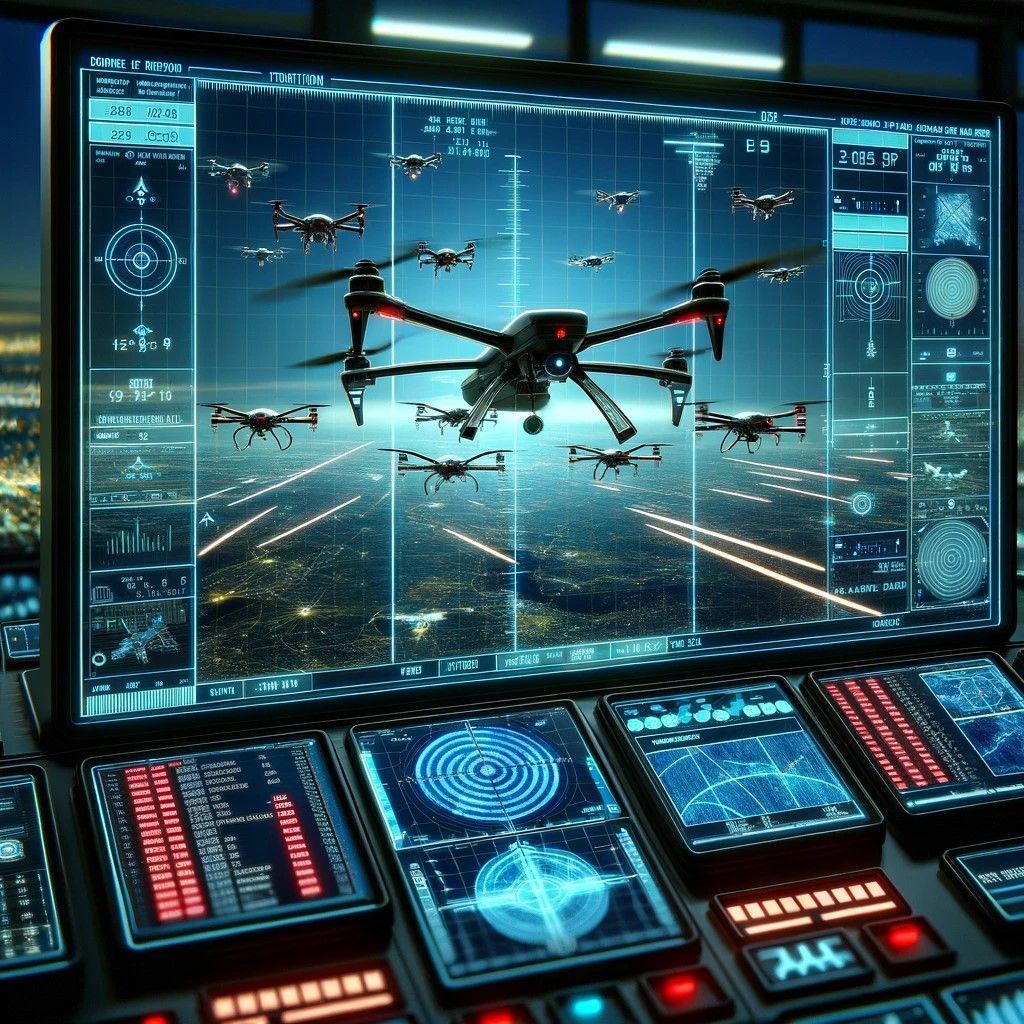
Tackling Privacy Issues
But hold up, you might be thinking, with so much tracking, what about our privacy? It's a valid point! Balancing between safety transparency and people's privacy is like walking a tightrope. Here's the good news: remote ID modules only send out data essential for safety and accountability - no personal stuff like visuals or recordings.
The regulation peeps are ensuring that privacy isn't trampled on. They're limiting data access to authorized entities and regulating how this data is used. So, for example, the FAA might limit public access to some sensitive info or require law enforcement to have a warrant to get their hands on certain data. As drone tech gets smarter, our privacy protection will too, keeping drone use secure and respectful of individual rights. At the end of the day, it's all about creating a setup that controls risks but doesn't cross the line with privacy. Fair, right?

Regulatory Landscape of Drone Technology
FAA Role in Regulating Remote ID
The Federal Aviation Administration (FAA) plays a pivotal role in the regulation of remote ID modules. As the governing body for U.S. civil aviation, the FAA's drone requirements have set the standard for remote ID implementation, mandating that most drones operating in U.S. airspace be equipped with remote ID technology.
Now, FAA's rules are designed to keep us safe—they don't want drones going rogue and messing with public safety. They've laid down the law on how remote ID should work and what info it should spit out. Obeying these regulations are not optional—if you don't play by the rules, you'll pay the price. By being the torchbearer, FAA's not only shaping how drones behave in the U.S. but they're setting the bar high for drone regulations worldwide, inspiring other countries to follow.

The Global Hug for Remote ID Regulations
With drone tech picking up speed globally, the world is waking up to the importance of remote ID regulations. They're looking to pioneers like the FAA as role models and considering these guidelines for safe airspace management. Remote ID kind of sets the baseline for worldwide standards, smoothing the way for collaboration in drone control, across borders.
This united stand towards standardizing drone regulations leads to a safer and more secure global playground for drone activities, international trading, and drone industry collaborations. As countries welcome remote ID rules with open arms, operators can breathe easier with more harmonized regulations—making international flights a breeze. The global thumbs-up to remote ID regulations reflects the collective effort to push responsible drone use and build the future of global drone aviation.
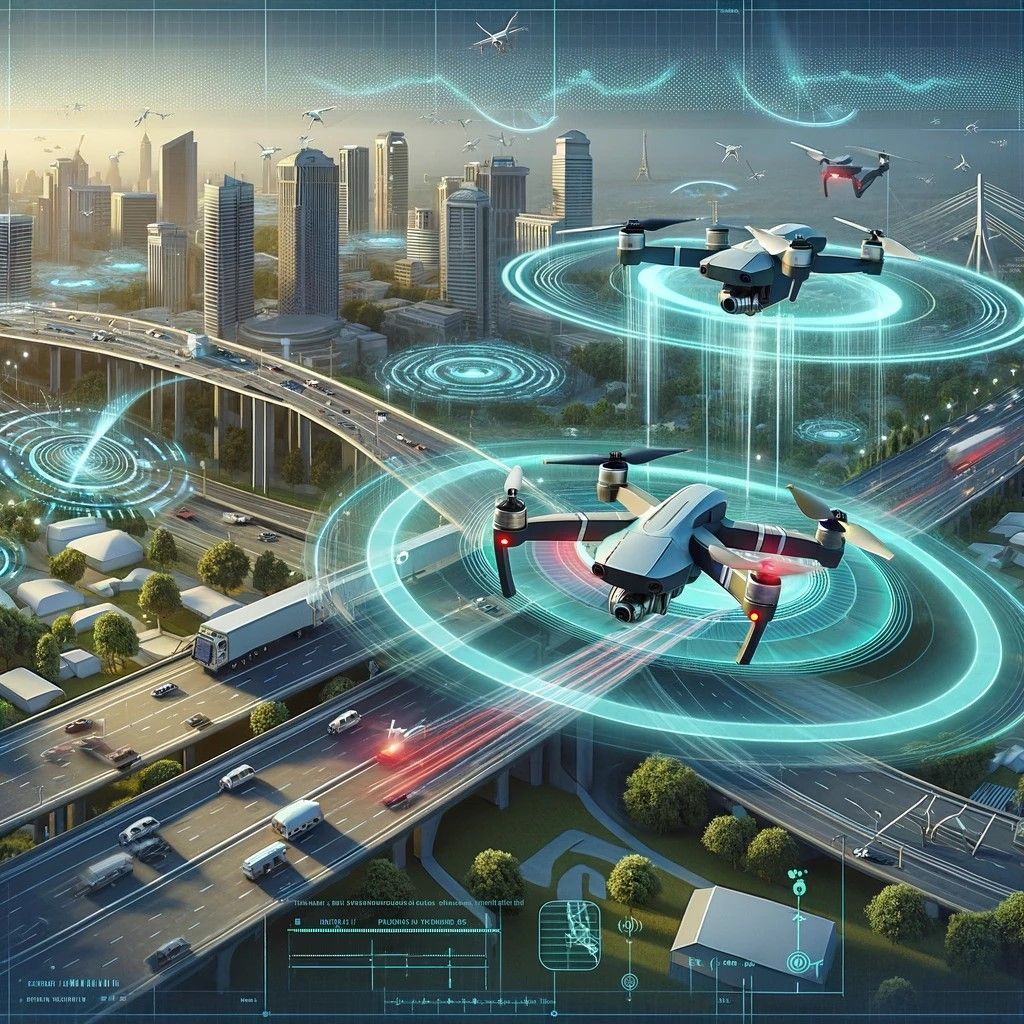
The Tech Behind Remote ID Modules
Real-time Tracking Abilities
Remote ID modules are engineered to provide real-time tracking abilities, which serve as the core of their functionality. These systems work by continuously transmitting data that can be picked up by receivers within a certain range, allowing for the immediate identification and location of drones in the airspace. It's akin to having a beacon that signals a drone's presence, course, and point of origin.
This real-time GPS on steroids is key for proactive safety measures (think avoiding collisions) especially in areas where drones are partying. It also kickstarts a more flexible and responsive air traffic management system that can juggle the complexities drone traffic brings along. Tracking drones in real time isn’t just a pat on the back for emerging tech; it's a critical piece of the puzzle enabling broader integration of drones into our national airspace.
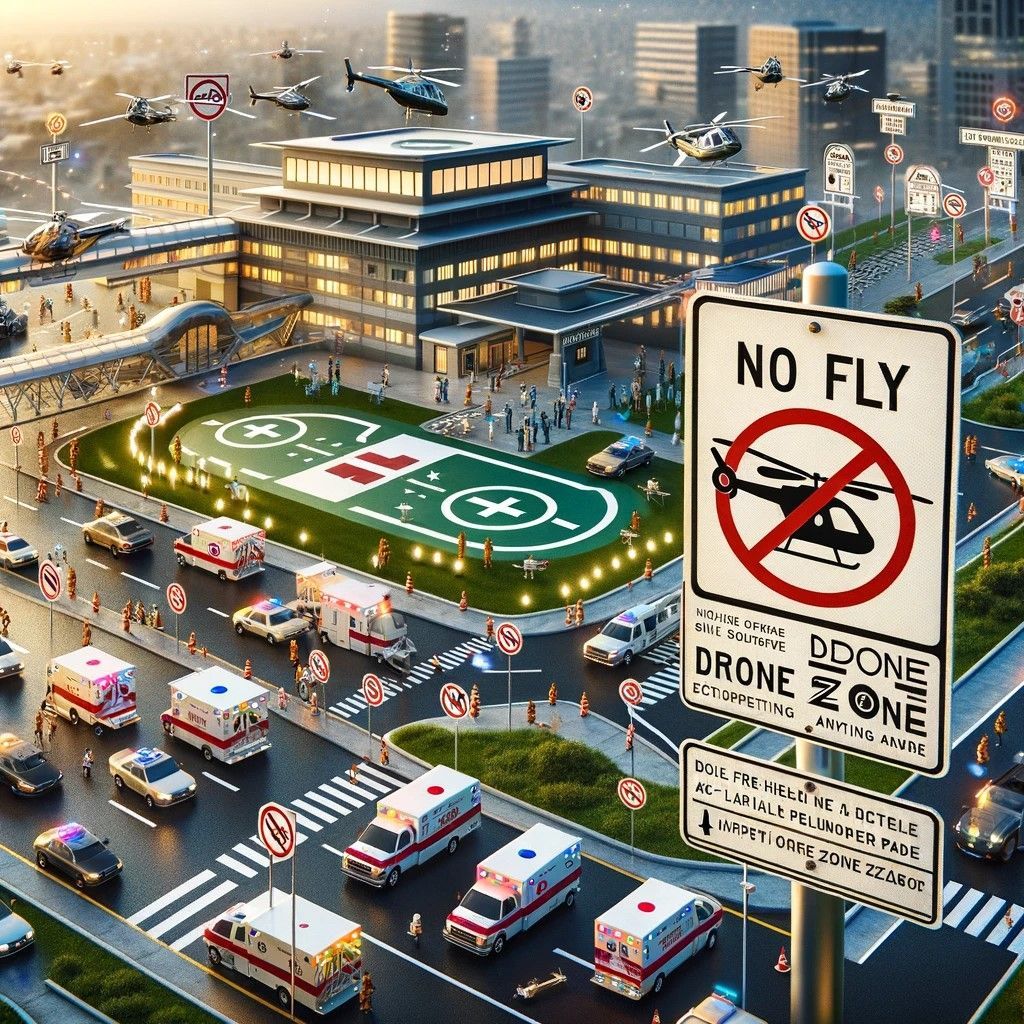
Compatibility with Existing Drone Equipment
One of the key considerations in the rollout of remote ID technology is ensuring compatibility with existing drone equipment. Manufacturers and regulators have worked together to design remote ID modules that can be retrofitted into older models as well as incorporated into new designs. This approach reduces barriers to compliance for drone operators, as they can update their current equipment without needing to purchase new drones.
What's more, the standards set for remote ID ensure that these modules play nice across all brands and versions of drones, creating one big happy drone family. This harmony extends not just to drones, but also to the systems used by traffic controllers and police, making sure everyone’s reading from the same script. By double-downing on compatibility, the drone industry is rolling forward as one, making skies everywhere a whole lot safer.

Stakeholders in the Remote ID Process
Impact on Recreational Flyers
The introduction of remote ID for drones has a direct impact on hobbyists, who may view these regulations as an additional layer of complexity to their recreational activity. While commercial operators generally have the infrastructure to adapt to new regulations, hobbyists often lack the same level of resources. Therefore, the drone community and regulators have worked to simplify compliance for hobbyists.
Yes, having a remote ID involves investing in some new gear or add-ons for your drone. But on the sunny side, this tech could be your hero cape, saving hobbyists from accidentally breaking rules by cruising in no-drone zones. And hey, look how it's an open door letting hobbyists into the greater aviation community. Their commitment to follow safety measures builds a culture that’s both responsible and cool.

Commercial Operators and Remote ID
For commercial operators, remote ID isn’t just a checkbox in some rule book—it's laying down the path towards more advanced, and potentially money-making, drone tech. By showcasing their superhero ability to fly safely and stick to FAA drone rules, commercial operators earn major trust points from law-roaring authorities and the public. This trust card is clutch for businesses exploring avenues like delivery services, aerial watchdog activities, and more via drones.
Getting even with remote ID rules also gears up commercial operators to play nice with other guys in their airspace, keeping risks to their operations low. Sure, the initial rollout might demand some investment in new systems and learning, but the long-view perks include an easy blend into national airspace and likely more permissions. For commercial drone pioneers, giving a high-five to remote ID is like aligning their company compass with the industry's future.

What It Means for Regulators and Law Enforcers
For regulation champions and law enforcement, the remote ID module is like the secret weapon ensuring drones play by the rules. Being able to spot and track drones in real-time lets these guardians of the air manage traffic efficiently and crack down on potential violations.
The juicy data from remote ID lets swift actions be taken when drones wander into off-limits zones or act in a way that could jeopardize public safety. Plus, as drone tech keeps morphing, regulators have the power to refine safety measures in a data-driven way using insights from remote ID systems. These measurable steps also give law enforcement what they need to investigate drone-related incidents, as the data from remote ID can be critical in tracking a naughty drone back to its operator. In a nutshell, remote ID arms regulators and law enforcement with the tools they need to keep the peace in the drone world.
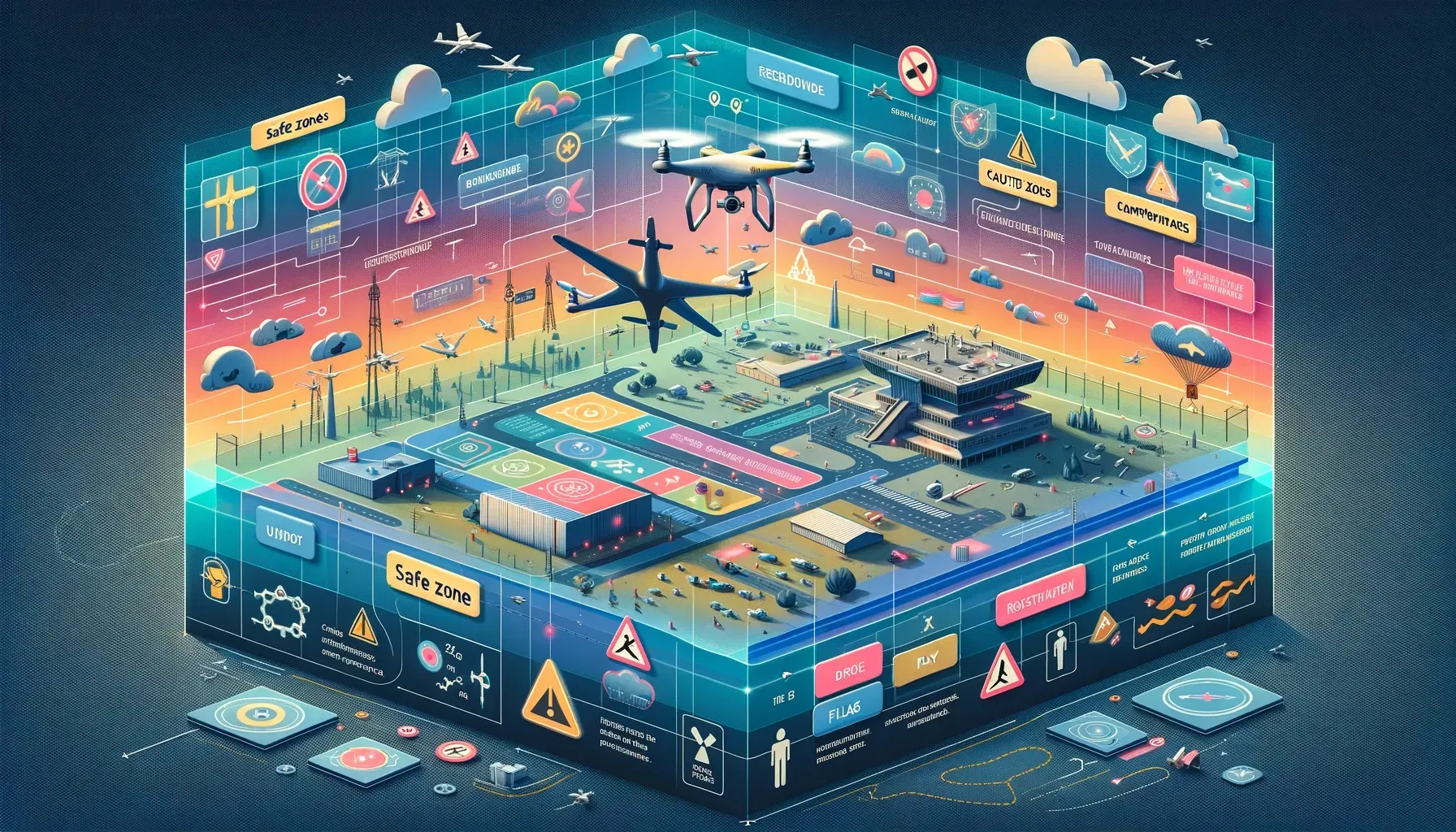
Where Drone Operations Are Headed
Automated Tracking and Identification on the Horizon
The future looks bright for drone operations, thanks to exciting developments in automated tracking and identification technologies. As our skies get busier with drones, the ability to automatically track drones and ensure they're following the rules is going to be instrumental. This will not only upgrade safety by preventing potential smashes but also set the stage for more complex autonomous flight paths.
The fusion of artificial intelligence and machine learning with remote ID systems could kick off a new era in tracking, capable of predictive analytics and real-time decision-making. Drones would be able to communicate with each other and with central traffic management systems, adjusting their flight paths to maintain optimal flow and dodge traffic. These advancements are going to be key in supporting the projected boom in drone-based services, such as package delivery and urban air mobility. Watch out for automated tracking and identification—they're set to become the next big thing in the evolving drone world.
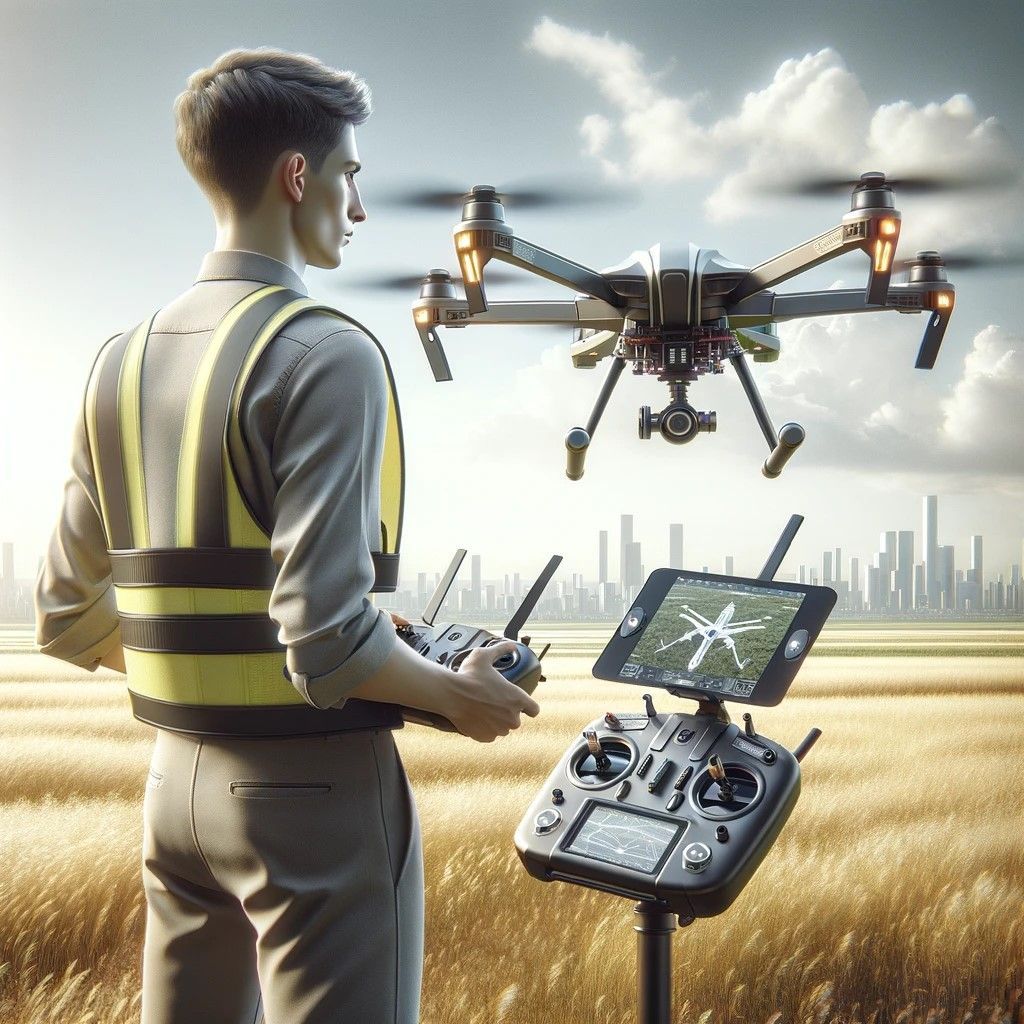
The Rise of Sophisticated Regulatory Frameworks
With the drone technology pushing boundaries, we can expect the emergence of more sophisticated regulatory frameworks designed to keep up with innovation. These new sets of rules are likely to go beyond basic remote ID requirements, covering in-depth aspects like flight operations, maintenance, and data management.
Future drone regulations could feature dynamic geo-fencing, automated traffic control for drones, and tighter integration with manned aircraft operations. The idea here is to ensure safety without choking the growth of the drone industry. These frameworks will need to be flexible enough to adapt to new technologies, like drones with enhanced autonomy, while still safeguarding the airspace. Through collaboration between industry stakeholders, regulatory bodies, and technology developers, these sophisticated frameworks can support sustainable growth of drone operations and their integration into the global economy.

How to Comply with Remote ID Guidelines
Equipping Your Drone with Remote ID
For drone operators, the first move towards compliance with current regulations is ensuring that your drone is fitted out with a remote ID module. Step one is figuring out if your drone model comes with default remote ID abilities. If it doesn't, you'll need to hunt for compatible add-on modules to equip your drone with.
When on the prowl for a remote ID device, make sure it checks all the boxes on the FAA or relevant aviation authority’s list of requirements. It's also crucial to keep your remote ID tech updates in line with any changes in the rules. Registering your drone and its remote ID module with the appropriate authorities is usually part of the process, so be ready for some paperwork. By ticking off these steps, you'll be not only flying right by the law but also contributing to a safer airspace for all.

Understanding Regulations in Your Jurisdiction
Navigating the landscape of drone regulations can be daunting, but it's essential for ensuring that you're flying your drone responsibly and legally. Drone operators must be aware that regulations can vary significantly by jurisdiction. This not only includes national laws but also local ordinances that may impose additional restrictions on drone operations.
To stay compliant, start by familiarizing yourself with the FAA drone requirements if you're in the United States, or with the equivalent authority in your country. Many aviation authorities provide resources and guidelines online for easy access. Additionally, be attentive to any updates or changes in regulations, as drone laws are evolving rapidly with the technology. When in doubt, contact your local aviation authority or a legal expert who specializes in drone law. Understanding and adhering to the regulations in your jurisdiction is crucial for safe and legal drone operation.
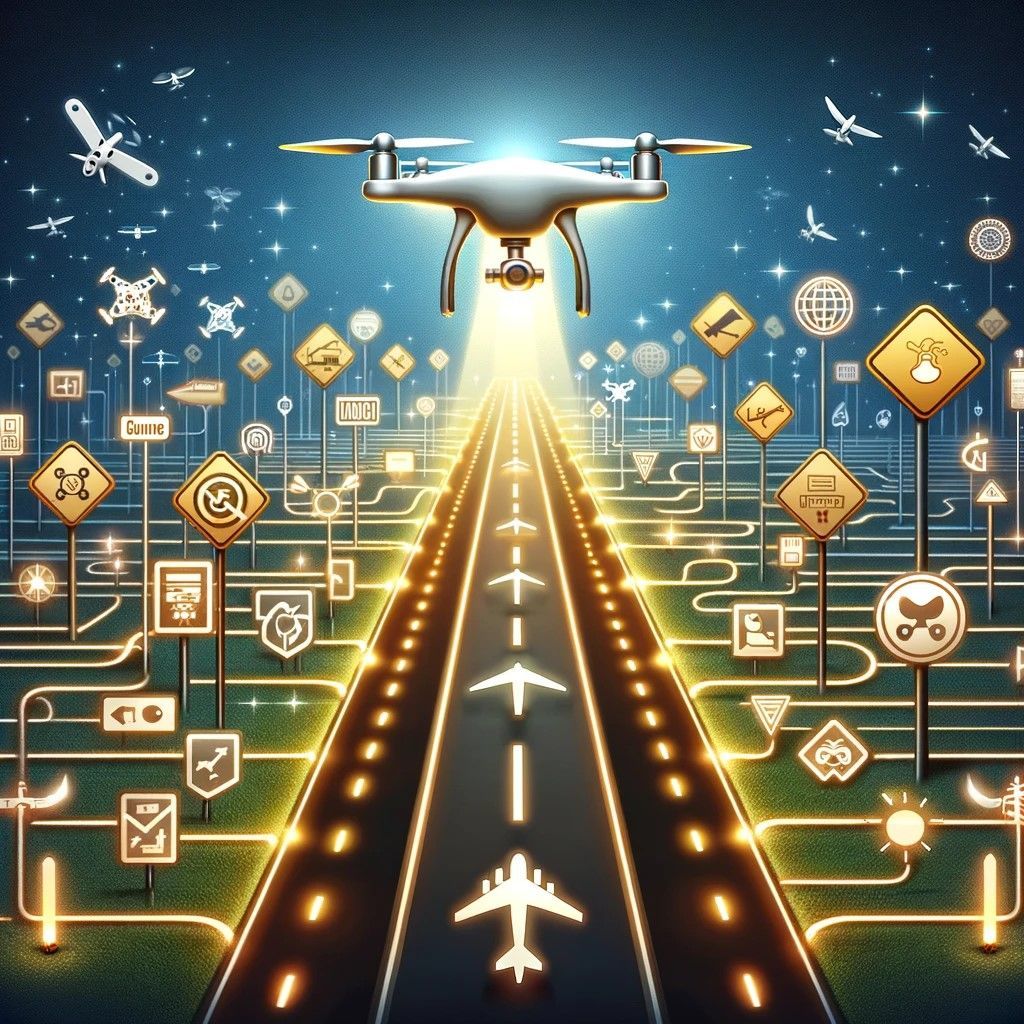
Conclusion: The Way Forward
Embracing the Remote ID Technology
The road ahead for drone aviation is intertwined with the embrace of remote ID technology. It's not just about following rules; it's about playing an active role in shaping the future of airspace. Remote ID is the golden ticket to unlocking drones' full potential, enabling safer, more secure skies and innovative applications.
Embracing remote ID for drone operators means investing in necessary gear and staying in the know about regulatory updates. For regulators, it means constantly fine-tuning regulations to match technological advancements. And for the public, it's understanding the perks and assurances that remote ID brings to drone operations. As we chart our course forward, the widespread adoption of remote ID technology is set to be a major milestone on our sky-high journey.
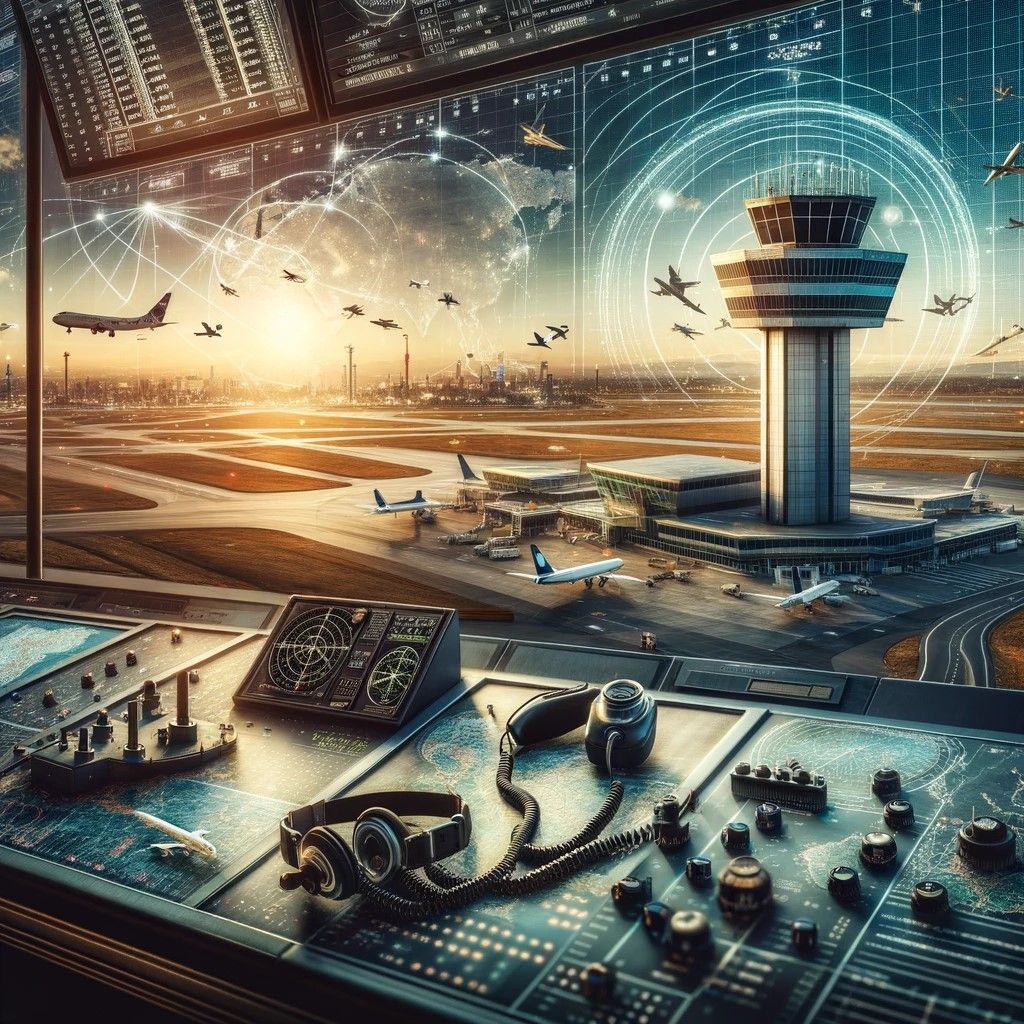
Knowledge is Power: Stay Informed
Staying in the loop is vital in the fast-paced world of drone tech. With technology and regulations trotting along, continuous learning is the key to being a hotshot drone operator. Stay in touch with the latest developments in remote ID systems, airspace changes, and advancements in drone capabilities.
For hobbyists, this could mean joining drone enthusiast communities or signing up for industry newsletters. Commercial operators might find it useful to attend industry conventions and chime in on policy discussions. Regulators and safety advocates can stay informed through research and collaboration with industry experts. By keeping your knowledge up-to-date, you can contribute to a culture of safety and innovation. This empowerment allows operators to fly drones with confidence, responsibility, and in sync with the broader aviation community—taking drone tech to heights beyond.
